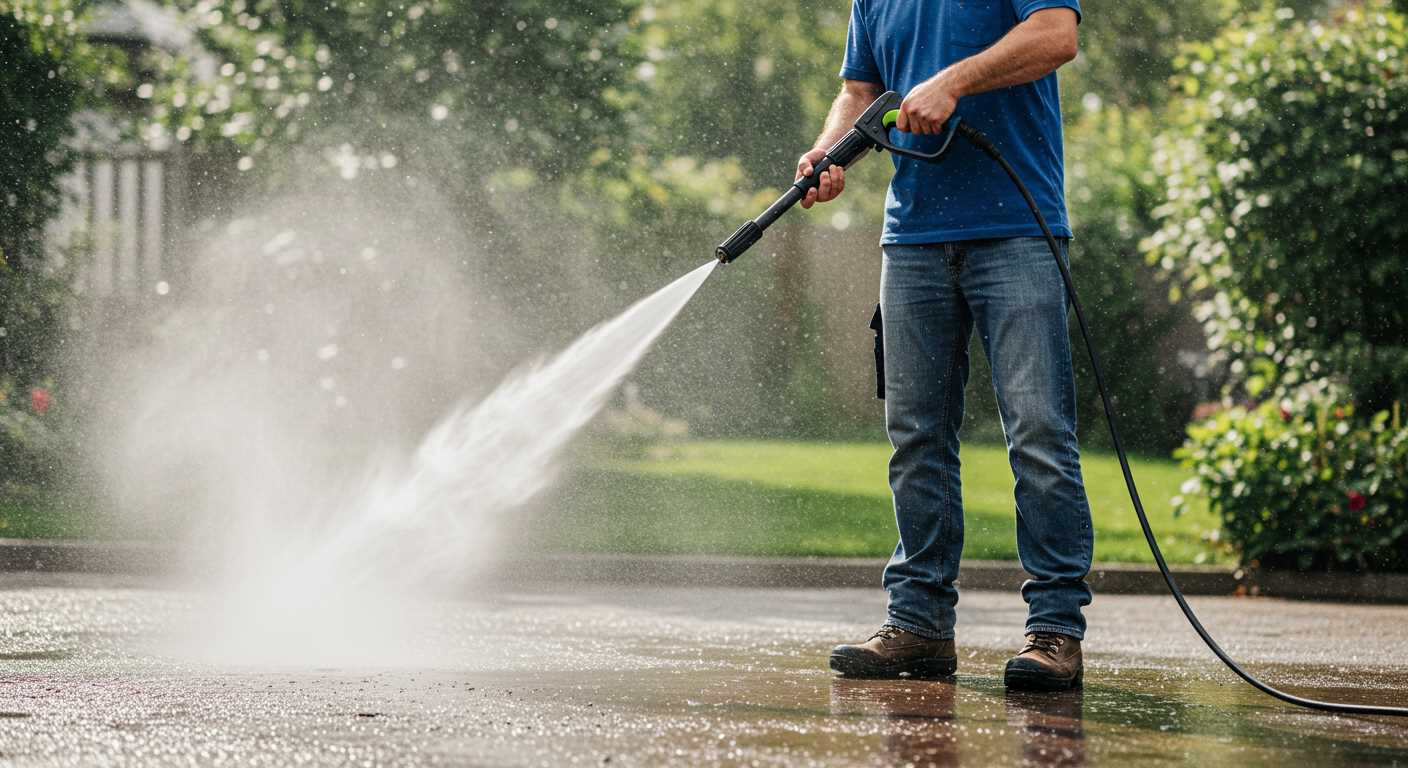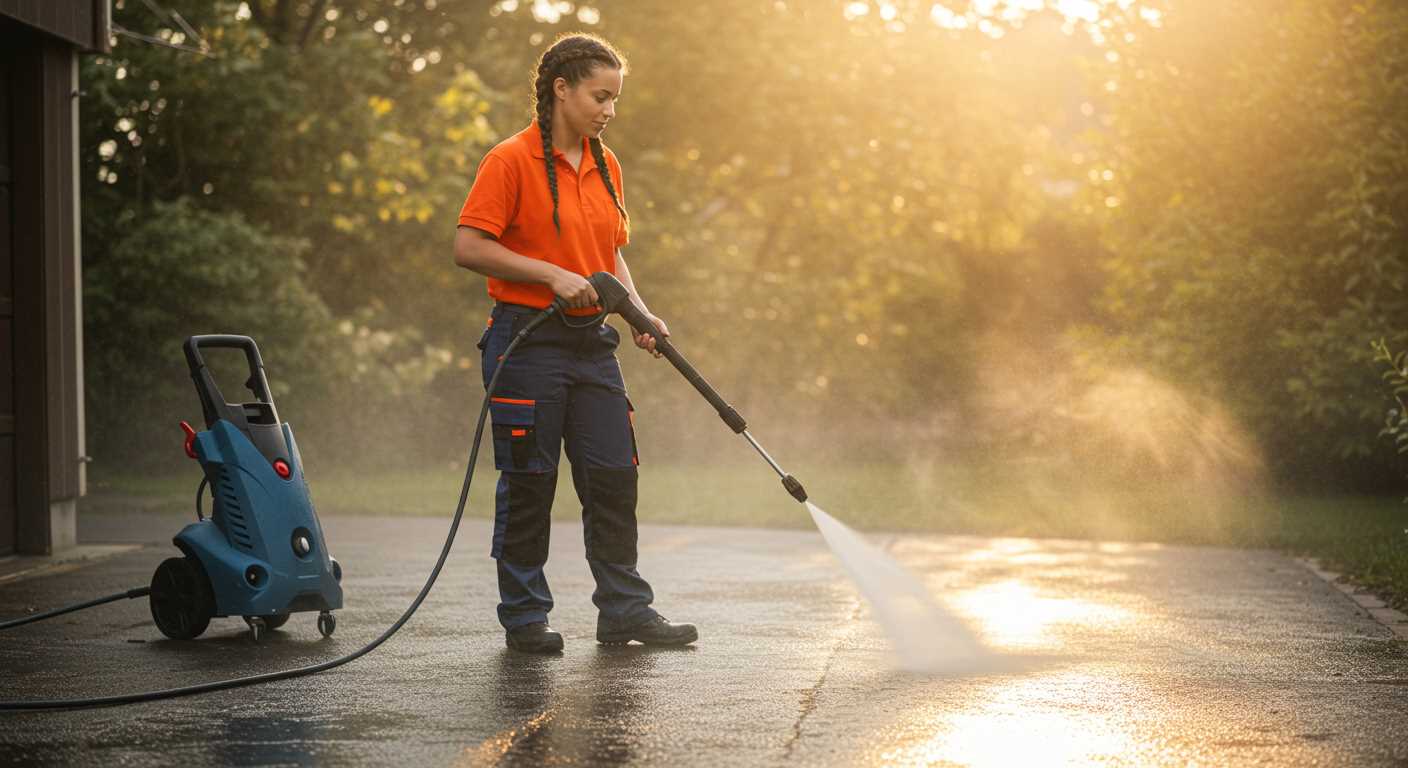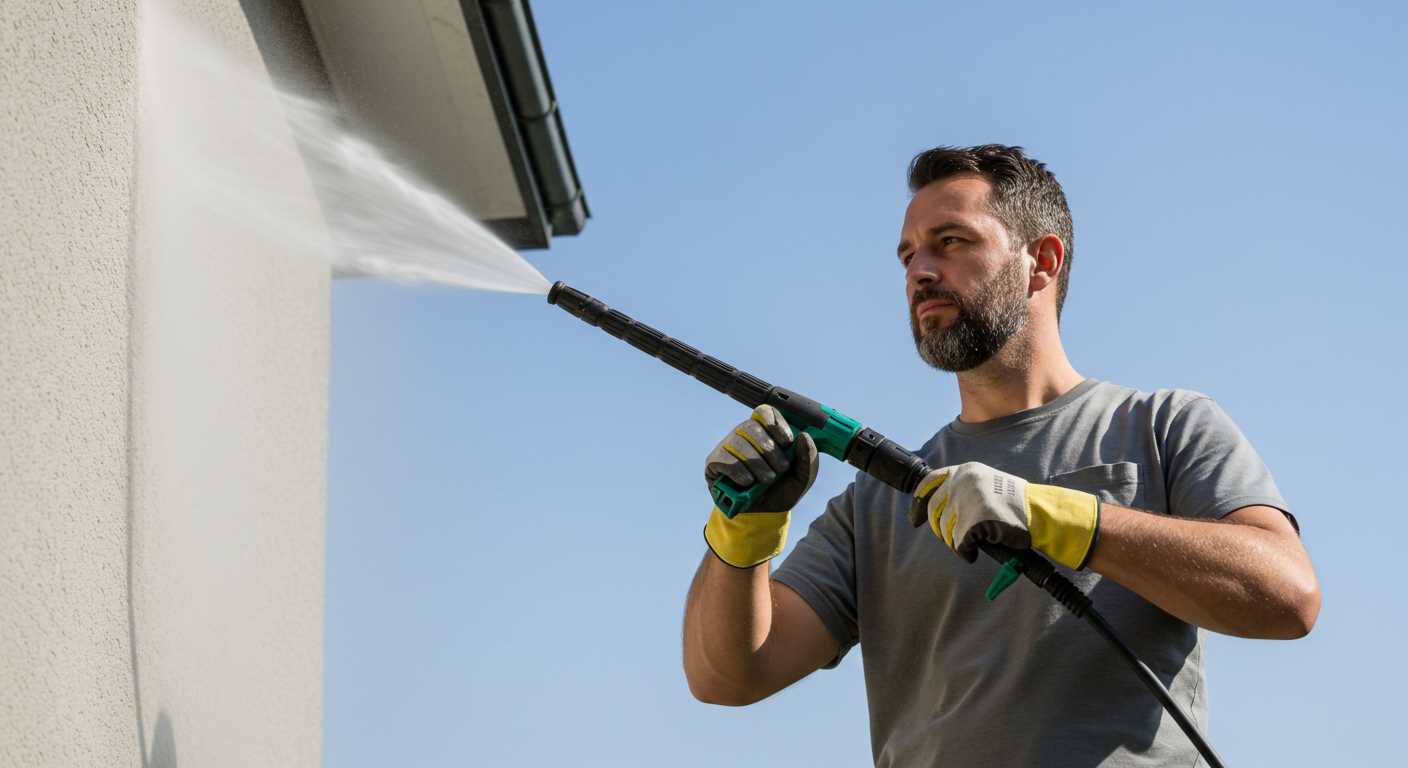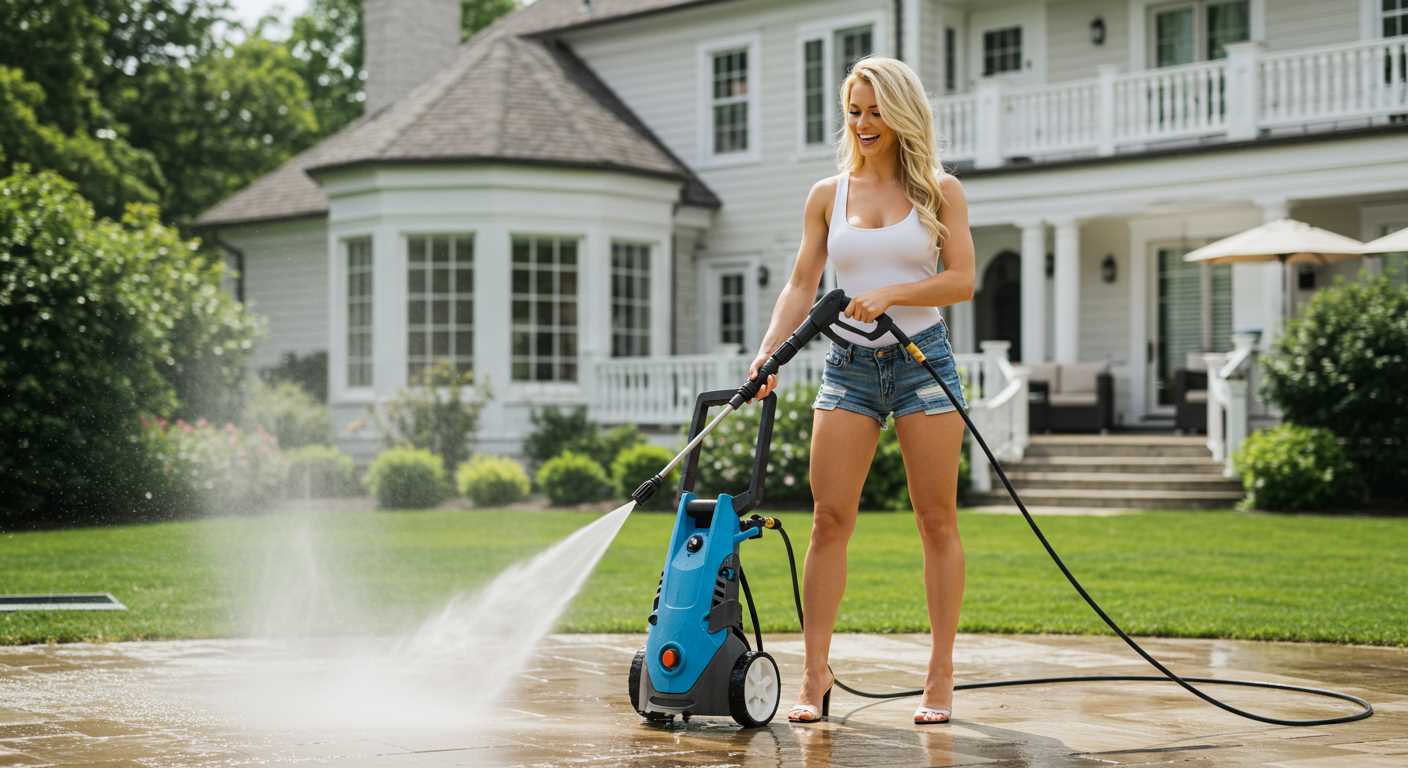

For optimal performance in high-pressure cleaning units, the unloader mechanism is indispensable. It expertly regulates water flow, ensuring consistent pressure during operation. When the trigger is released, this component diverts water back to the pump, preventing excess strain and potential damage.
The primary function lies in its ability to manage pressure levels effectively. Without this innovation, systems could experience dangerous buildups, potentially leading to malfunction or leaks. Regular inspection of this mechanism is recommended; signs of wear may include fluctuating pressure or strange noises during operation.
Diligent maintenance extends the lifespan of your machine. Consider cleaning any debris and ensuring proper lubrication of components associated with the unloader. By doing this, you not only enhance efficiency but also contribute to the longevity of your cleaning equipment.
Understanding the Role of the Unloader Valve
First and foremost, this component regulates water flow within a cleaning machine. Its primary function is to redirect water back to the inlet side of the pump when the trigger is released. This action prevents the system from reaching excessive pressure levels, protecting the unit from damage.
Without this mechanism, continuous pressurisation leads to wear on internal parts and potential leaks. Frequent cycling between high-pressure and low-pressure modes gives the operator control over cleaning tasks, making operations more versatile and efficient.
From my extensive experience, I can tell you that a malfunctioning device not only affects performance but can also lead to costly repairs. Regular inspections are necessary to ensure it opens and closes correctly. If you notice unusual noises or a drop in cleaning power, it’s time to examine this critical part. Replacing a faulty unit can restore functionality and enhance the overall longevity of your equipment.
In addition to mechanical upkeep, consider the pressure setting. Adjusting it can optimise performance for specific jobs, whether it’s delicate surfaces or heavy-duty cleaning. Always refer to the manufacturer’s guidelines to achieve the best results. Proper understanding and maintenance of this critical component can save time and resources while ensuring effective operation.
How Unloader Mechanism Controls Fluid Flow

To ensure optimal operation, I recommend regularly inspecting this component, as it significantly influences the performance of your machine. By regulating the flow of water, it maintains an appropriate level of intensity, preventing excessive force that could potentially damage internal components. This is particularly critical during idle moments when the motor is running, as it redirects water from the pump back to the inlet.
During higher demand, the mechanism engages, allowing maximum output through the nozzle for effective cleaning. It senses pressure fluctuations, adjusting the flow accordingly to maintain consistency. A malfunction can lead to decreased efficiency or even pump failure, which I’ve observed in several instances. Hence, keeping this part in good condition is paramount.
When using different nozzles, variations in flow requirements arise. The mechanism accommodates these differences seamlessly, ensuring optimal performance across various cleaning tasks. Regular maintenance checks can prevent issues like clogging or wear, which can hinder fluid dynamics. Check the seals and springs for wear and ensure they are functioning correctly to prolong the lifespan of your equipment.
Familiarising yourself with this mechanism’s adjustments can enhance your cleaning experience, making it crucial for anyone looking to achieve professional results with their equipment.
Signs of a Malfunctioning Unloader Mechanism

Surges in water flow can indicate a significant issue with the regulator component. If you notice an inconsistent spray pattern, it might be time to investigate further.
Leaking around the connections or housing suggests that seals may have deteriorated or components are misaligned. Addressing leaks promptly prevents further damage.
Strange noises such as hissing or rattling during operation often point to air escaping or internal wear. These sounds warrant immediate attention to avoid equipment failure.
A decrease in overall performance, particularly a drop in cleaning efficiency, can signal a compromised regulator. In such cases, testing and possible replacement of the component is recommended.
Visible wear or damage to the housing can give clues about internal malfunctions. Inspecting the component regularly helps identify issues before they escalate.
Inconsistent pressure when the trigger is engaged, resulting in an intermittent flow, is a clear sign of potential failure in the regulating mechanism.
Checking the component regularly for these signs ensures operational longevity and efficiency, preventing costly repairs or replacements in the future.
Steps to Test the Unloader Mechanism
Begin by disconnecting the power source for safety. Ensure that the equipment is entirely off and unplugged to avoid accidental activation during testing.
Next, inspect the external parts for any visible signs of damage or wear. Look closely at the connections and seals–these can often lead to performance issues.
Attach a pressure gauge to the outlet port. This allows for accurate monitoring of the output force during testing. Activate the unit without a spray nozzle attached to create a flow situation.
Observe the gauge reading as the motor starts. The pressure should increase to a designated level based on the manufacturer’s specifications. Record the peak reading.
After reaching that level, listen for a change in the sound of the machine. A properly functioning mechanism will redirect and alleviate excess force by releasing some of it back to the inlet. If this occurs, the output reading should stabilise around the designated amount.
If the reading remains high or fluctuates significantly, the mechanism may be malfunctioning. To further assess, adjust the pressure settings, if available, and repeat the test. A significant variation from expected behaviour can indicate wear or improper calibration.
Lastly, if problems persist, consult the service manual specific to your model for detailed troubleshooting procedures. This may include disassembly and examination of internal components if no external issues are found, ensuring that all parts function correctly.
| Step | Action | Observation |
|---|---|---|
| 1 | Disconnect power source | Safe environment for testing |
| 2 | Inspect components | Check for damage or wear |
| 3 | Attach pressure gauge | Enable detailed monitoring |
| 4 | Activate unit | Observe initial pressure increase |
| 5 | Listen for sound changes | Check for proper operation |
| 6 | Adjust settings | Evaluate performance consistency |
| 7 | Consult manual for troubleshooting | Further assessment guidance |
Maintenance Tips for the Unloader Mechanism
Regular checks are fundamental. Examine the assembly for any signs of wear or corrosion. Clean it periodically to prevent dirt build-up, ensuring smooth operation.
Lubrication
Utilise a suitable lubricant to maintain functionality. Apply it at the specified intervals to prevent rust and ensure components move freely.
Spring Inspection

Check the spring for signs of fatigue or damage. If it appears weakened or broken, replace it immediately to avoid pressure issues.
- Always secure all connections after adjustments to prevent leaks.
- Verify that the hoses are in good condition; damages can affect performance.
- Be mindful of the temperature conditions during operation. Overheating can harm the system.
Conduct a pressure test periodically to ensure everything operates within the correct parameters. Being proactive can save time and money on repairs later. Remember, a little maintenance goes a long way in extending the lifespan of your equipment.
Replacing a Faulty Unloader Valve: A Guide
Identify a defective component first. Turn off the equipment and relieve all pressure before starting the replacement. Disconnect any hoses to gain easy access. Regularly consult the user manual for specific instructions pertaining to your device.
Tools and Materials Needed
- Wrench set
- Screwdriver set
- Replacement unit
- Thread seal tape
- Clean cloths
Replacement Steps

- Remove the faulty assembly by unscrewing it from the fitting. Use the appropriate wrench size to avoid damaging surrounding components.
- Inspect the mounting area for any debris or residual sealant. Clean it thoroughly with a cloth.
- Wrap the threads of the new piece with thread seal tape to ensure a tight fit and prevent leaks.
- Carefully install the new assembly by threading it into place. Avoid over-tightening, which can lead to damage.
- Reconnect any hoses removed earlier, ensuring a secure fit.
- Turn on the machine and check for leaks. Run the unit briefly to verify proper operation.
Regular checks on performance can prevent premature replacements. Ensure cleanliness and inspect for wear frequently. This proactive approach prolongs longevity and maintains efficiency.
Choosing the Right Unloader Component for Your Cleaning Equipment
Select a model that matches the specifications of your device. Consider pressure ratings and flow rates crucial for optimal performance. Always cross-reference with the manufacturer’s recommendations to ensure compatibility.
Material and Durability

Look for components constructed from robust materials. Brass and stainless steel options tend to offer superior longevity compared to plastic varieties. Evaluate your usage frequency and environmental conditions, as harsher environments may require heavier-duty solutions.
Adjustability and Features
Opt for adjustable models if you need flexibility in application. Some variants include features such as built-in pressure and bypass control, enhancing versatility. Research the marketplace to find additional functionalities that might meet your specific cleaning requirements.
Finally, consult user reviews and expert opinions for insights into reliability and performance. Testing a potential candidate in your setup before making a final decision can save time and money in the long run.








